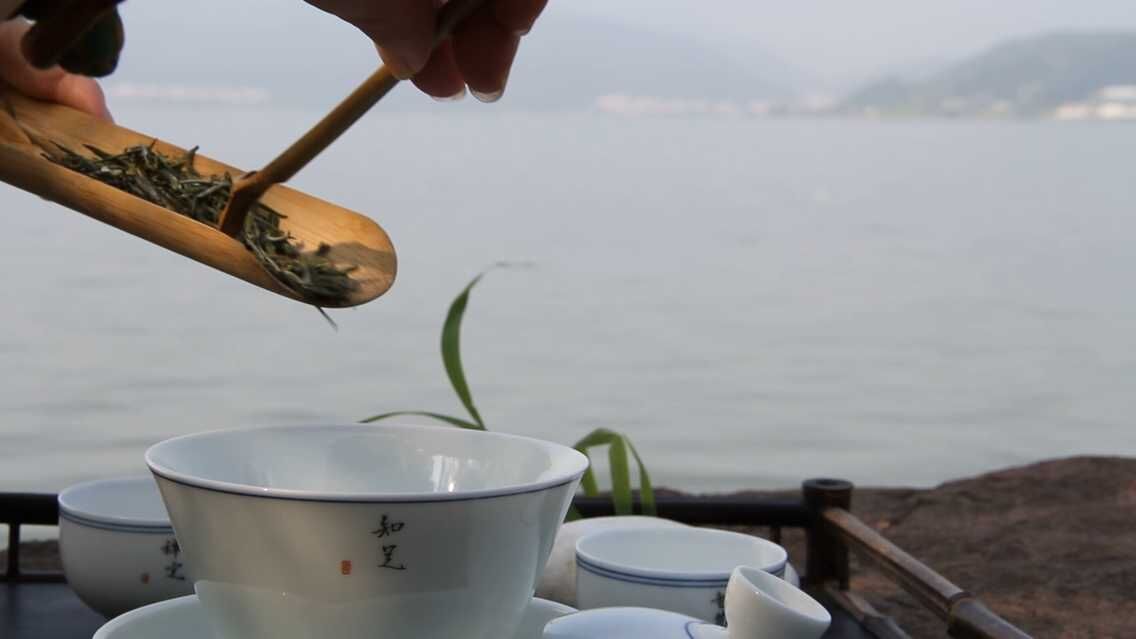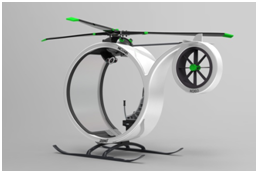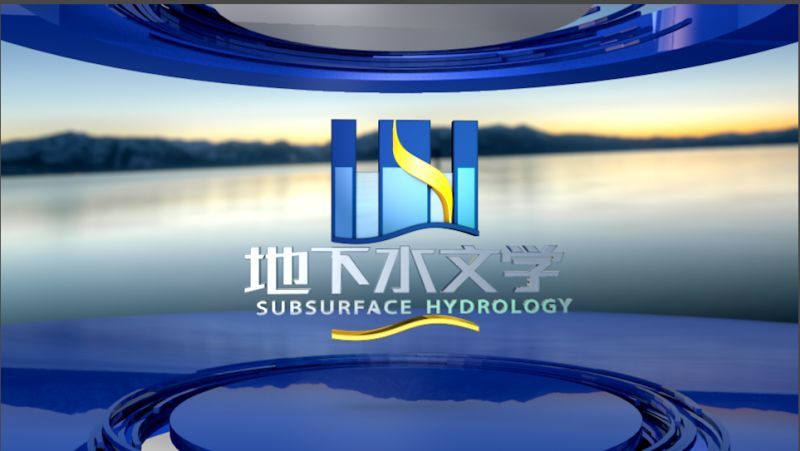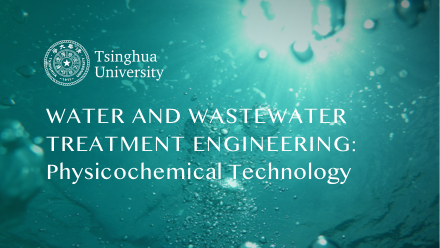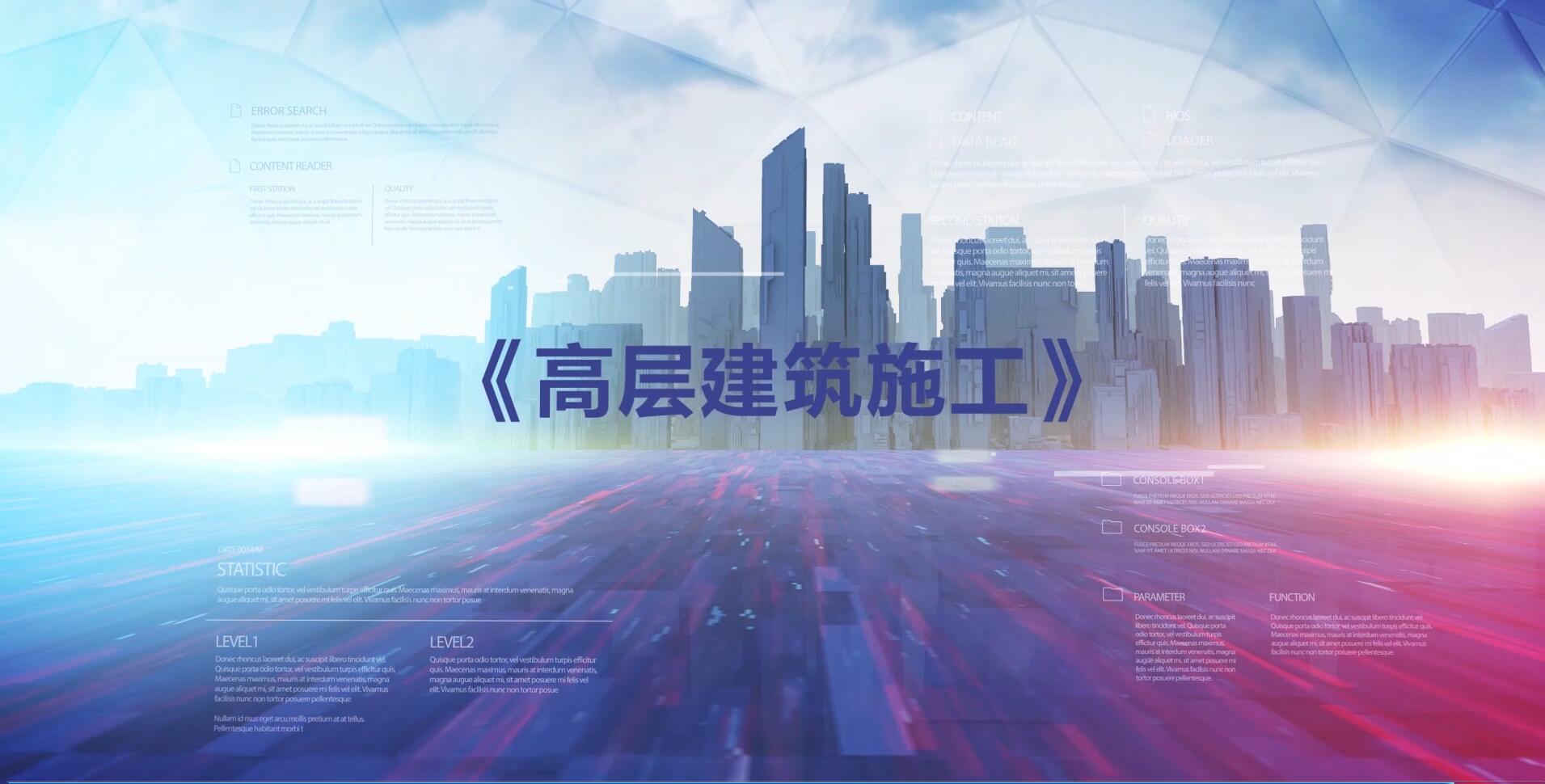
当前课程知识点:Water and Wastewater Treatment Engineering: Physicochemical Technology > Chapter 5 Disinfection > 5-4 Chlorine dioxide disinfection > 5-4 Chlorine dioxide disinfection
返回《Water and Wastewater Treatment Engineering: Physicochemical Technology》慕课在线视频课程列表
返回《Water and Wastewater Treatment Engineering: Physicochemical Technology》慕课在线视频列表
同学们好!在上一节,我们介绍了最常用的消毒方法-氯消毒
除氯消毒以外,还有不少其他消毒方法
比如二氧化氯消毒法、臭氧消毒法、紫外线消毒法等
在这一节,我们将给同学们介绍另外一种消毒方法,二氧化氯消毒
二氧化氯在常温下是一种黄绿色气体,具有刺激性
而且极不稳定,气态和液态的二氧化氯均易爆炸
因此,在使用过程中,需要以水溶液的形式现场制取,即时使用
二氧化氯易溶于水,溶解度是氯的5倍
通常在水中以溶解性气体形态存在,不发生水解
二氧化氯消毒法具有以下特点
首先二氧化氯是极为有效的消毒剂,对水中的细菌和病毒的消毒效果好
pH适用范围在6-9,消毒效果仅次于臭氧,但优于或等于游离氯的效果
二氧化氯的消毒效果不受pH影响
不与氨发生反应,当水中存在氨时不影响消毒效果
在水中的稳定性仅次于氯胺,但高于游离氯,能够在管网中保持较长时间
二氧化氯既是消毒剂,又是强氧化剂
对水中多种有机物都有氧化分解作用,并且不生成三卤甲烷等消毒副产物
但二氧化氯消毒的费用比氯高
因此,很大程度上限制了该方法的大规模使用
下面介绍二氧化氯的制取方法
二氧化氯的制取方法有(以下)几种
第1种是亚氯酸钠加酸制取法
通过加盐酸或硫酸,使亚氯酸钠在酸性条件下生成二氧化氯
如下面这个公式所示
第2种是亚氯酸钠加氯制取法
以亚氯酸盐和液氯为原料,先用液氯生成次氯酸和盐酸
再与亚氯酸盐反应生成二氧化氯
如下面这两个公式所示
总的反应方程式如下
第3种是氯酸钠盐酸复合式二氧化氯制取法
将氯酸钠与盐酸进行反应,生成二氧化氯和氯气,如下
第4种是采用电解法二氧化氯发生器来制取二氧化氯
这是由次氯酸钠发生器改进而成的
通过电解食盐水,现场制取二氧化氯和次氯酸钠溶液
二氧化氯可以用于给水消毒,也可以用于废水消毒
在给水消毒中,投加量一般在0.2-0.5mg/L,接触时间不少于30min
出厂水中二氧化氯的残余量应不小于0.1mg/L,管网末梢应不小于0.02mg/L
在废水消毒中,针对二级生物处理出水
二氧化氯投加量一般控制在6-15mg/L范围内
二氧化氯消毒虽然不会生成三卤甲烷等氯代消毒副产物
但是在二氧化氯反应过程中,会生成中间产物亚氯酸根,对人体健康有害
因此亚氯酸根是二氧化氯消毒中需要控制的主要消毒副产物
在我国的《生活饮用水卫生标准》中
规定亚氯酸盐和氯酸盐的最大允许浓度均为0.7mg/L
因此,应对二氧化氯的消毒过程进行优化控制
尽量减少二氧化氯消毒副产物的产生
-0-2 Water treatment process
-0-3 Wastewater treatment process
--0-3 Wastewater treatment process
-Chap 0 Homeworks
-1-1 Introduction
-1-2 Properties of colloids
-1-3 Mechanisms and process of coagulation and flocculation
--1-3 Mechanisms of coagulation and flocculation
-1-4 Coagulant and coagulant aids
-- 1-4 Coagulant and coagulant aids
-1-5 Kinetics of coagulation and flocculation
--1-5 Kinetics of coagulation and flocculation
-1-6 Factors affecting the coagulation performance
--1-6 Factors affecting the coagulation performance
-1-7 Facilities for coagulation and flocculation
--1-7 Facilities for coagulation and flocculation
-Chapter 1 Homeworks
-2-1 Introduction
-2-2 Discrete particle settling
--2-2 Discrete particle settling
-2-3 Flocculent settling
-2-4 Zone settling
-2-5 Rectangular settling tank
--2-5 Rectangular settling tanks
-2-6 Process calculation of rectangular settling tanks
--2-6 Process calculation of rectangular settling tanks
-2-7 Vertical Flow (up-flow ) and radial flow settling tank
--2-7 Vertical Flow (up-flow ) and radial flow settling tank
-2-8 Plated sedimentation tank
--2-8 Plated sedimentation tank
-2-9 Clarification pool
-3D interactive demonstration for settling tanks
-Chapter 2 Homework (part 1)
-Chapter 2 Homework (part 2)
-3-1 Introduction
-3-2 Theoretical foundation of air floatation
--3-2 Theoretical foundation of air floatation
-3-3 Pressurized dissolved air flotation
--3-3 Pressurized dissolved air flotation
-Chapter 3 Homework
-4-1 Introduction
-4-2 Structure and process of conventional rapid filter
--4-2 Structure and process of conventional rapid filter
-4-3 Water head loss of filter
--4-3 Water head loss of filter
-4-4 Filtration method of filter
--4-4 Filtration method of filter
-4-5 Filter media
-4-6 Water distribution system
--4-6 Water distribution system
-4-7 Filter backwashing
-4-8 Siphon filter
-4-9 Gravity valveless filter
--4-9 Gravity valveless filter
-4-10 Movable hood filter
-3D interactive demonstration for filtration tanks
--Usage and description for 3-D demonstration
-Chapter 4 Homework
-5-1 Introduction
-5-2 Influence factors of disinfection
--5-2 Influence factors of disinfection
-5-3 Chlorine disinfection
-5-4 Chlorine dioxide disinfection
--5-4 Chlorine dioxide disinfection
-5-5 Ultraviolet disinfection
--5-5 Ultraviolet disinfection
-Chapter 5 Homework
-6-1 Ion-exchange resin
-6-2 Properties of ion-exchange reactions
--6-2 Properties of ion-exchange reactions
-6-3 Properties of cation exchange resin
--6-3 Properties of cation exchange resin
-6-4 Properties of anion exchange resin
--6-4 Properties of anion exchange resin
-6-5 Softening system using ion exchange
--6-5 Softening system using ion exchange
-6-6 Desalination system using ion exchange
--6-6 Desalination system using ion exchange
-6-7 Ion-exchange equipment
-6-8 Treatment of industrial wastewater by ion-exchange method
--6-8 Treatment of industrial wastewater by ion-exchange method
-Chapter 6 Homework
-7-1 Introduction
-7-2 Principle and characteristics of electrodialysis
--7-2 Principle and characteristics of electrodialysis
-7-3 Configuration of electrodialysis unit
--7-3 Configuration of electrodialysis unit
-7-4 Operating parameters for electrodialysis unit
--7-4 Operating parameters for electrodialysis unit
-7-5 Principle and process of reverse osmosis
--7-5 Principle and process of reverse osmosis
-7-6 Operating parameters for reverse osmosis
--7-6 Operating parameters for reverse osmosis
-7-7 Principles and characteristics of UF and MF
--7-7 Principles and characteristics of UF and MF
-7-8 Design of ultrafiltration and microfiltration process
--7-8 Design of ultrafiltration and microfiltration process
-Chapter 7 Homework
-8-1 Fundamental knowledge and classification
--8-1 Fundamental knowledge and classification
-8-2 Ozonation
-8-3 Photo-catalytic oxidation
--8-3 Photo-catalytic oxidation
-8-4 Supercritical water oxidation
--8-4 Supercritical water oxidation
-8-5 Electrolysis
-Chapter 8 Homework
-9-1 Introduction
-9-2 Adsorption equilibrium and adsorption isotherm
--9-2 Adsorption equilibrium and adsorption isotherm
-9-3 Adsorption breakthrough curve
--9-3 Adsorption breakthrough curve
-Chapter 9 Homework

